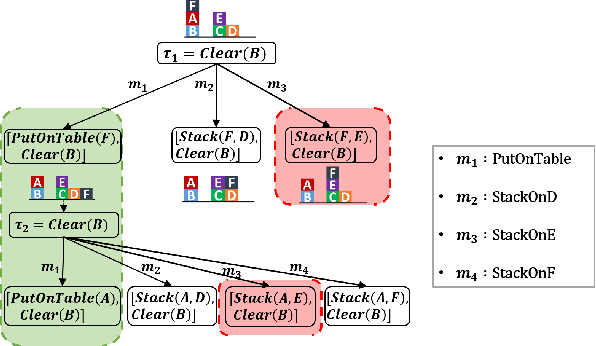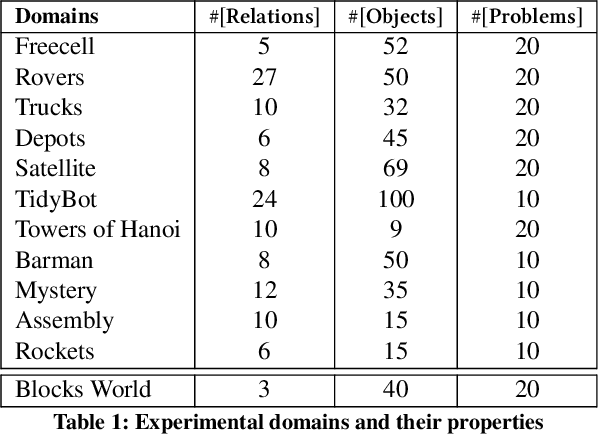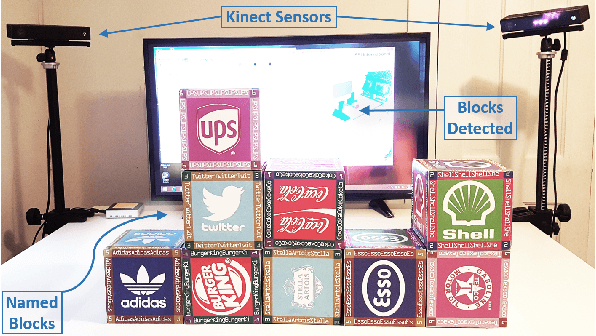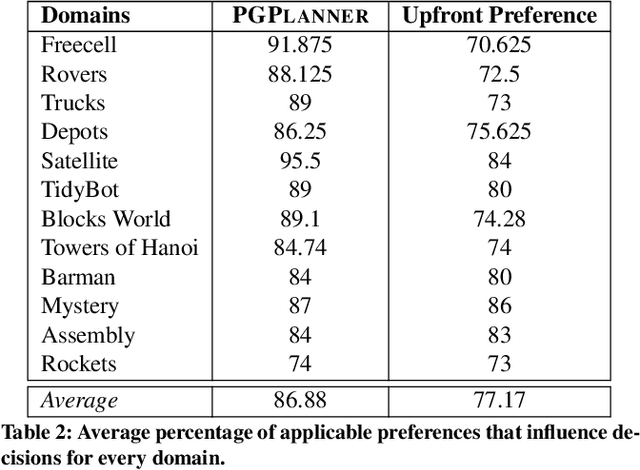Md. Rakibul Islam
Jana
Privacy-Preserving Chest X-ray Report Generation via Multimodal Federated Learning with ViT and GPT-2
May 27, 2025Abstract:The automated generation of radiology reports from chest X-ray images holds significant promise in enhancing diagnostic workflows while preserving patient privacy. Traditional centralized approaches often require sensitive data transfer, posing privacy concerns. To address this, the study proposes a Multimodal Federated Learning framework for chest X-ray report generation using the IU-Xray dataset. The system utilizes a Vision Transformer (ViT) as the encoder and GPT-2 as the report generator, enabling decentralized training without sharing raw data. Three Federated Learning (FL) aggregation strategies: FedAvg, Krum Aggregation and a novel Loss-aware Federated Averaging (L-FedAvg) were evaluated. Among these, Krum Aggregation demonstrated superior performance across lexical and semantic evaluation metrics such as ROUGE, BLEU, BERTScore and RaTEScore. The results show that FL can match or surpass centralized models in generating clinically relevant and semantically rich radiology reports. This lightweight and privacy-preserving framework paves the way for collaborative medical AI development without compromising data confidentiality.
Vision-Language Models for Automated Chest X-ray Interpretation: Leveraging ViT and GPT-2
Jan 21, 2025



Abstract:Radiology plays a pivotal role in modern medicine due to its non-invasive diagnostic capabilities. However, the manual generation of unstructured medical reports is time consuming and prone to errors. It creates a significant bottleneck in clinical workflows. Despite advancements in AI-generated radiology reports, challenges remain in achieving detailed and accurate report generation. In this study we have evaluated different combinations of multimodal models that integrate Computer Vision and Natural Language Processing to generate comprehensive radiology reports. We employed a pretrained Vision Transformer (ViT-B16) and a SWIN Transformer as the image encoders. The BART and GPT-2 models serve as the textual decoders. We used Chest X-ray images and reports from the IU-Xray dataset to evaluate the usability of the SWIN Transformer-BART, SWIN Transformer-GPT-2, ViT-B16-BART and ViT-B16-GPT-2 models for report generation. We aimed at finding the best combination among the models. The SWIN-BART model performs as the best-performing model among the four models achieving remarkable results in almost all the evaluation metrics like ROUGE, BLEU and BERTScore.
Preference-Guided Planning: An Active Elicitation Approach
Apr 19, 2018



Abstract:Planning with preferences has been employed extensively to quickly generate high-quality plans. However, it may be difficult for the human expert to supply this information without knowledge of the reasoning employed by the planner and the distribution of planning problems. We consider the problem of actively eliciting preferences from a human expert during the planning process. Specifically, we study this problem in the context of the Hierarchical Task Network (HTN) planning framework as it allows easy interaction with the human. Our experimental results on several diverse planning domains show that the preferences gathered using the proposed approach improve the quality and speed of the planner, while reducing the burden on the human expert.
 Add to Chrome
Add to Chrome Add to Firefox
Add to Firefox Add to Edge
Add to Edge